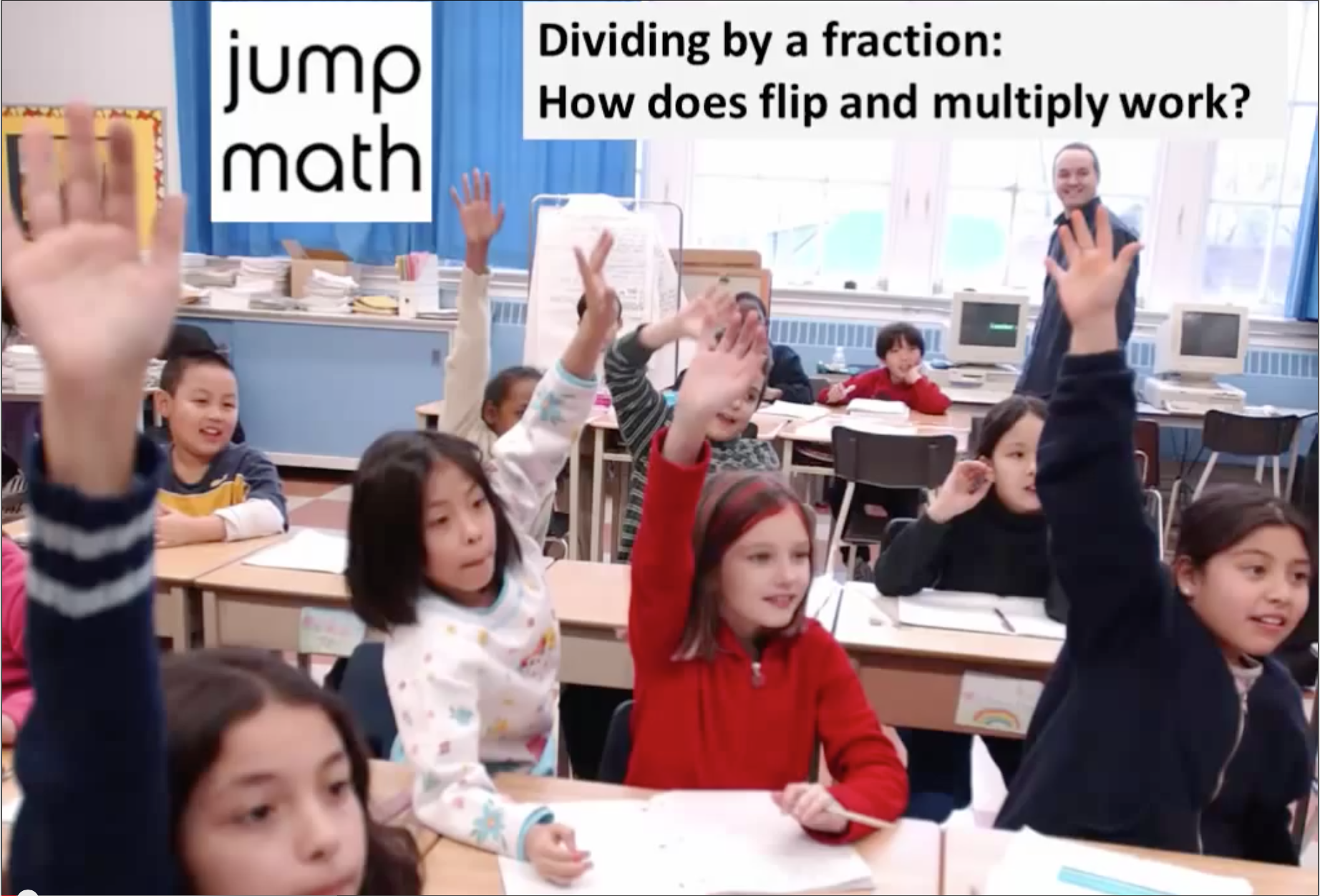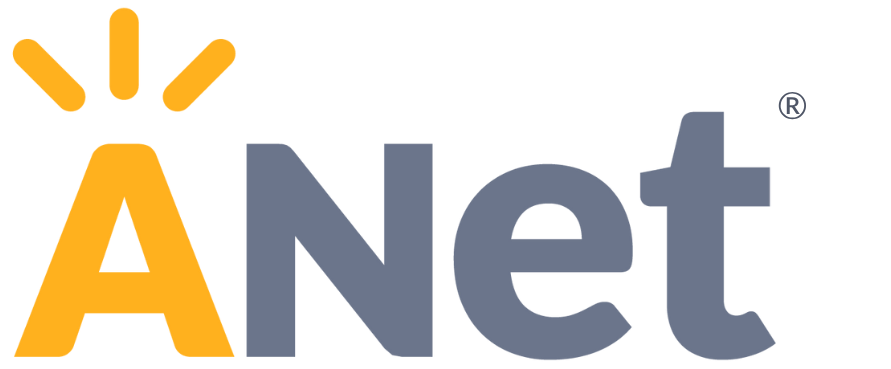by Carter Romansky with Holly Walsh and Gillian Porcella
You’ve probably heard a lot of talk about the greater emphasis that the Common Core is placing on conceptual learning in math. And you’ve probably also heard that teachers are struggling to help their students master the conceptual mathematics content in the Common Core.
Turns out you’ve heard true.
This blog post won’t resolve that struggle, but it will help you get clearer on what, exactly, that struggle is and give you some practical tools to take a step forward with conceptual content in your classroom.
What, exactly, are we talking about here?
First, let’s start with a definition of what we mean by “conceptual” content. Instead of a complex, technical definition, let’s just focus on what students with conceptual knowledge can actually do: they can represent a given mathematical idea in several different ways.

Placing our definition of conceptual understanding in contrast to what it’s not can also help clarify what we mean here: a student who knows you should flip and multiply when dividing by a fraction does not have conceptual understanding. That student has procedural understanding. One who knows why you flip and multiply has conceptual understanding.
Is this really that hard?
The short answer is yes—teaching conceptual content in math is hard, and if your students are struggling, they are not alone. Here’s a quick illustration.
On a recent interim assessment, fourth grade students at a group of ANet’s 525 partner schools correctly answered a procedural math question correctly about 60% of the time, while they answered a conceptual question right only about 30% of the time.
Of course student answers to a single pair of assessment questions cannot tell us everything about how students are grasping conceptual knowledge in math, but it can help confirm something we are all feeling: that teaching conceptual understanding is difficult.
Even more importantly, it’s not whether students answered problems correctly or incorrectly that matters – rather it’s why they answered the way they did. MathMistakes.org offers a great forum for teachers to discuss why students make mathematical errors and what information they need to correct those errors. Student Achievement Partners offers videos of students providing model explanations of the mathematical reasoning behind their answers to a wide range of questions. Both sites can help you help your students understand the why behind the math they are doing.
What can we do?
Delivering great conceptual math instruction doesn’t happen overnight or after reading one blog post. It’s a long journey and a big adjustment. Here are a few ideas on how to take a step forward from where you are right now.
If you’re new to this and still trying to get your head around conceptual understanding, it’s critical to establish a clear picture of what students must do to demonstrate conceptual understanding. Here are some lessons that can help you (and your students!) see conceptual math in action:
· Model Numbers Using Base Ten Blocks
· Discovering Patterns in the Base 10 Number System
· Recognize a Digit Represents 10 Times the Value of What it Represents in the Place to its Right (this one gives a sense of teaching both conceptual and procedural content on the same topic)
If you feel like you have a good grasp of the difference between conceptual and procedural understanding, but you aren’t sure about how best to teach either type of content, check out this six-part blog series. It has a rich debate on when to use different approaches (i.e. “I do/we do/you do” vs. “you/y’all/we”) to teach conceptual and procedural content. Also, check out a book called Nix the Tricks (downloadable from that link). It gives strategies on helping students stop and think about the conceptual “why” behind mathematical operations.
Finally, if you’re more advanced and you are writing your own tasks to push students’ conceptual problem solving, you get the most fun link of all: a Top Ten List! Here’s a great Top Ten for making conceptual math tasks engaging. Or, if you are a long-time devotee of the 5E lesson plan model, check out the 7E model!


